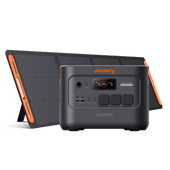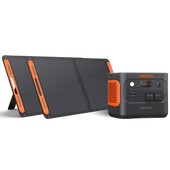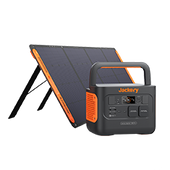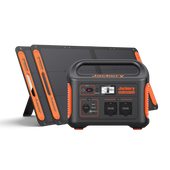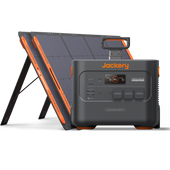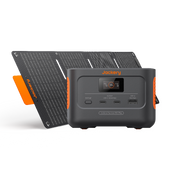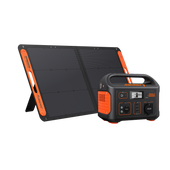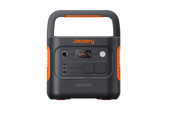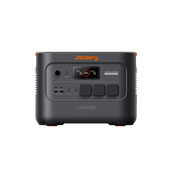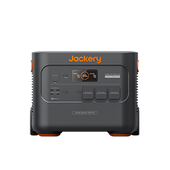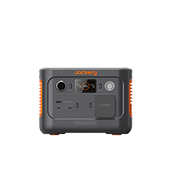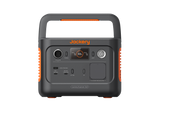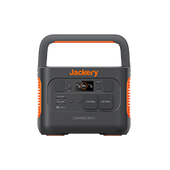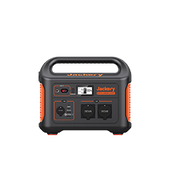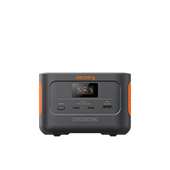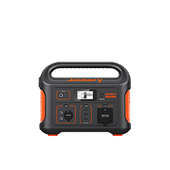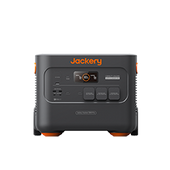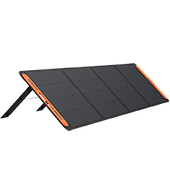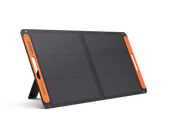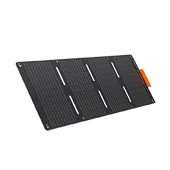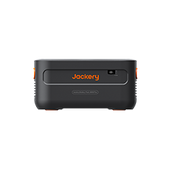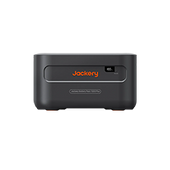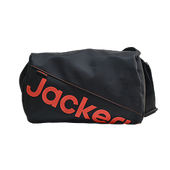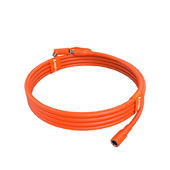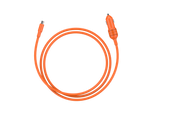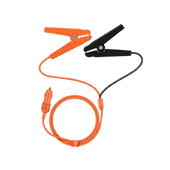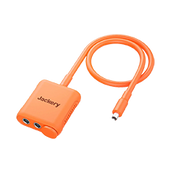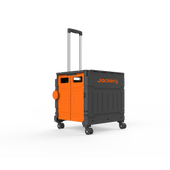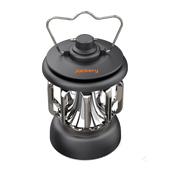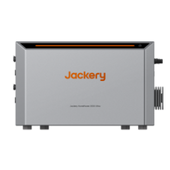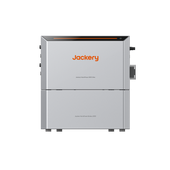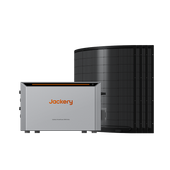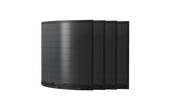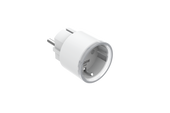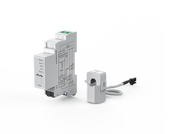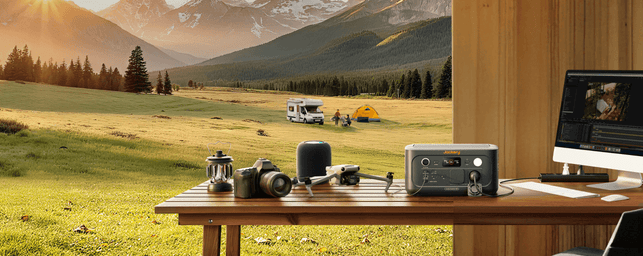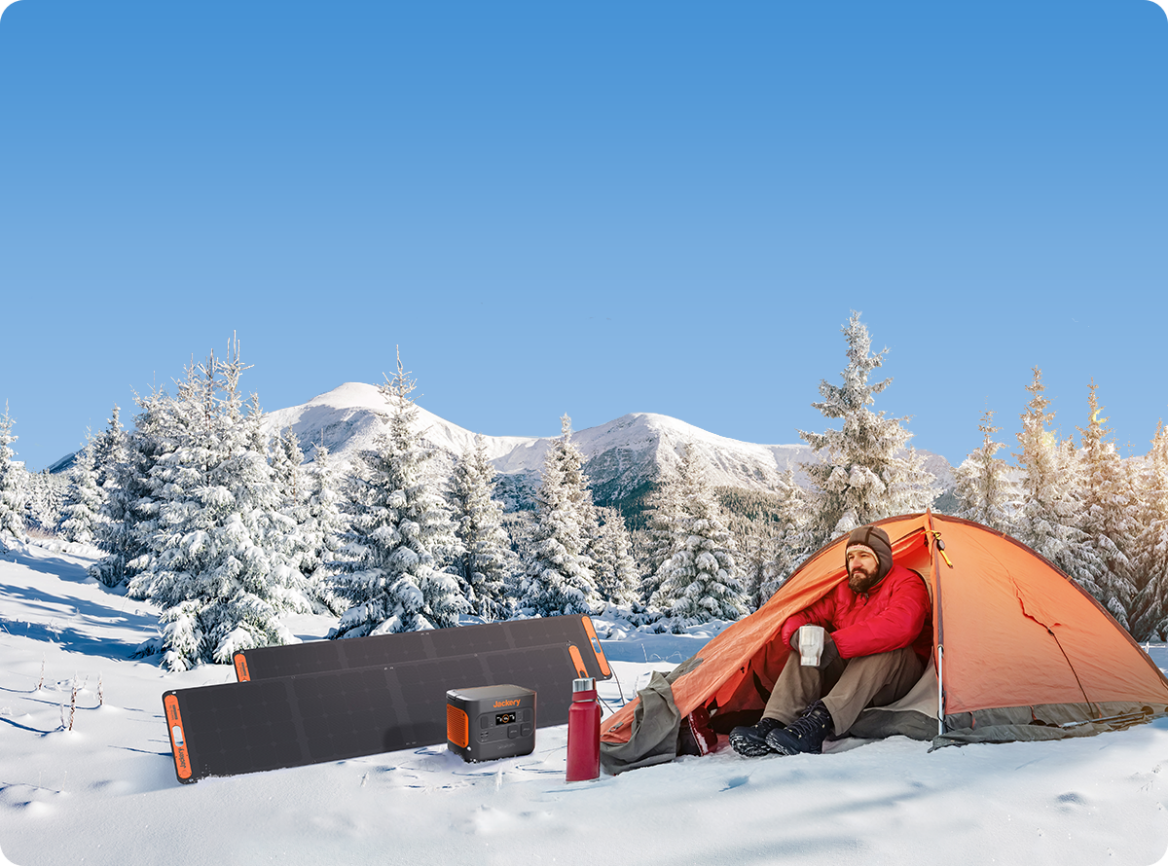Essential Fishing Gear & Equipment
Must‑Have Gear
Start with a rod and reel matching the fishing type you chase in EU waters, whether it is perch in a Dutch canal or cod off the Danish coast. Spool that reel with a good mono or braid rated for the target weight. Pack hooks from tiny size‑18 barbless patterns for bleak up to beefy 5/0 circles for Baltic halibut. Slip on a split shot or barrel leads so you can sink bait fast in a tidal run. Keep a handful of bright floats for calm lakes or slow rivers where visual takes help.
Carry both live bait (earthworms, maggots, small sardines where legal) and a box of soft plastics, metal spoons, and hard plugs to cover every depth. Dress for the changeable weather from Cork to Kraków while sliding into waterproof chest waders that stop leaks yet still flex. Layer a light, long‑sleeve shirt that blocks UV on sunny Ligurian afternoons. And roll a packable insulated jacket or fleece hat for those sudden North Sea squalls that drop the temperature in minutes. That’s because staying dry and warm keeps you on the bank longer and means more bites.
Essential Tools and Power
A compact fish finder lets you scan reef edges for bass, a handheld GPS keeps you inside marine-protected zones in Spain, a pair of long‑nose pliers pops trebles free without harming the fish, and a sharp clipper cleans knots fast. Yet, none of these gadgets help if batteries die, so slide our Jackery Explorer 1000 v2 Portable Power Station into the boat locker or camper.
At 10.8 Kg(23.8 lbs), it lifts easily. Its LiFePO4 cells provide a stable current to charge sonar devices, phones, or a small bait aerator. The two 230 V sockets can accommodate a fillet knife or kettle during shore lunch breaks, while the twin USB-C ports are perfect for charging action cameras. When you stay in a remote archipelago far from downtown, our solar power station pairs with foldable solar panels. Hence, you sip sun instead of fuel while meeting EU electrical and safety regulations that many cheaper boxes ignore. That means you are going to fish longer, roam farther, and never hunt for a wall outlet when the evening hatch starts.

EU Fishing Seasons: When & Where to Go in 2025
Spring: Trout in Ireland’s Lakes, Pike in Poland’s Rivers
In Ireland, the brown trout season commenced on February 15, 2025.[1] Lough Conn is among the first to open. Fishing conditions occur from April through September when water temperatures stabilize, and insect hatches are more predictable. Anglers targeting these trout employ fly patterns that mimic local aquatic insects and adjust techniques per hatch timings and weather conditions. In Poland, the pike fishing season opens on April 26, 2025, in second-category waters.[2] Early-season pike are found in shallow, vegetated areas where they spawn. Anglers targeting them should use lures that mimic the natural prey in these environments. Be aware of local regulations; some areas may have rules regarding catch limits and fishing methods.
Summer: Sea Bass off the UK Coast, Tuna in Italy
In the UK, sea bass fishing is prohibited during February and March 2025.[3] From April onwards, anglers can retain up to two sea bass per day, provided each fish meets the minimum size requirement of 42 cm.[4] Techniques include using soft plastics and surface lures during early mornings and evenings when bass are most active. Tidal movements play a role. Many anglers find success during the ebb tide. In Italy, the bluefin tuna season peaks between June and October. The Adriatic coast, including the Egadi Islands, offers opportunities for targeting these fish. Anglers employ trolling methods with artificial lures or live bait to entice tuna. Note that Italy has implemented quotas for bluefin tuna. A total allowable catch is 40 metric tons for 2025.[5] Anglers should confirm that they are fishing within the legal framework and possess the permits.
Autumn: Carp in Hungary, Salmon in Norway
Hungary’s Lake Balaton hosts the IBCC from April 12 to 19, 2025.[6] It emphasizes sustainable fishing practices and needs the release of carp under 10 kg. Anglers are limited to a maximum of 100kg of bait.[7] Specific proportions are allowed for different bait types. Carp fishing techniques include using boilies and soaked grains. Anglers deploy multiple rods to increase catch rates. In Norway, the salmon fishing season for the Gaula runs from June 1 to August 31, 2025. Due to declining wild salmon populations, the Norwegian Environment Agency has proposed shorter seasons and lower quotas. Anglers must practice catch and release and use barbless hooks to cut harm to the fish. Monitoring water temperature and flow rates can impact fishing success.
Winter: Ice Fishing in Scandinavia, Cod in the North Sea
Scandinavia offers ice fishing opportunities during the winter months. In Sweden, Kiruna provides access to Arctic char, perch, and pike. Anglers should have the appropriate gear, including insulated clothing and ice augers. Safety is important. Check ice thickness before venturing out. In the North Sea, cod fishing faces restrictions in 2025. The ICES has recommended a reduction in total allowable catch to address overfishing concerns. Anglers targeting cod should be aware of such regulations and fine-tune their practices accordingly. Utilizing fish finders and targeting known cod habitats (wrecks and reefs) can boost catch rates.

Top Fishing Techniques
Fly Fishing
Fly fishing in Europe feels calm yet thrilling at once, and it all begins with a light rod, a reel that balances it, and dainty dry flies that ride high on the current. In Scotland, anglers wade the Dee, Spey, and Tweed from late spring to early autumn. They cast tight loops for bright Atlantic salmon that slip upriver on the first freshwater of a rain shower. Down in Slovenia, the turquoise‑clear Soča and its tributaries hold shy marble trout and graceful grayling. Here, a long leader, size‑16 parachute patterns, and stealthy footwork matter more than distance.
Most fishers keep their tippet fine—5X or thinner—to fool fish in glassy glides. They work the water methodically, let the fly drift drag‑free, and then lift it for a quick roll cast to the next seam. Pack breathable waders, spare flies in a waterproof box, and a small net with rubber mesh to protect delicate fins. Don't forget to buy the day permit at the local kiosk before stepping in.
Deep Sea Fishing
Head offshore in the EU, and the game will turn heavy, fast, and salty. Boats out of Horta in the Azores troll wide spreads of skirted lures for blue marlin from June through September. The fight can last hours, so crews rig 130‑pound class bent‑butt rods, two‑speed reels loaded with thick braid, and a stand‑up harness to spare the angler's back. Off Spain’s Costa del Sol, summer means roving schools of bluefin that smash live bait on kite lines. Captains watch the sounder, set a burley trail, and keep an electric reel ready for deep drops when fish mark at a distance.
Every hookup is teamwork. One angler cranks, another clears the cockpit, and the mate readies the gaff or tag stick. Sun‑block, a hat that ties down, and a small dry bag for documents are smart additions. Spanish law now asks visiting anglers to register their catch online within twenty‑four hours. Therefore, you should have data on your phone before you leave the marina.
Spearfishing
Spearfishing along the Med is a silent stalk that rewards patience and clear lungs. In Greece, you slip into sheltered coves on early summer mornings when the Meltemi winds lie down while carrying a rail gun, a belt, and a low‑volume mask to equalize with ease. Croatia’s Dalmatian islands offer rocky drop‑offs where dentex and amberjack cruise. Most hunters practice aspetto—dropping, lying still, and letting curious fish approach before pulling the trigger.
A simple polespear still works in tight caves for octopuses or small scorpionfish. Nevertheless, a reel gun and a floating flag buoy keep things safer in open water with boat traffic about. Local rules cap daily take and size limits, and many zones ban spearfishing within three hundred meters of beaches. So, mark them on your watch’s GPS beforehand. A buddy on the surface, watching your line and timing your dives, is not optional. It is the core safety rule in this sport.
Ice Fishing
When northern Europe freezes, anglers turn lakes into quiet villages of canvas shacks and glowing stoves. In Finnish Lapland, the ice turns thick by late November. Many drill a ten-centimetre hole with a hand auger, drop a tiny tungsten jig tipped with maggot and jig it gently to perch that school just a meter under the ice. Portable shelters cut the wind chill, and a small propane heater keeps holes from refreezing. Locals still step outside often to scan the aurora.
Sweden’s larger lakes (Vänern and Siljan) invite heavier gear: a short medium‑power rod, an inline reel spooled with fluorocarbon, and a tip‑up rigged with lively roach bait for northern pike that lurk deeper. Most anglers wear layered merino, insulated bibs, and boots to minus thirty. A throwable ice‑pick set hangs from every neck in case of a nasty crack. The law lets you keep modest bags of perch or grayling. Still, big pike goes back after a quick measurement, and every hole gets marked with a branch on departure, so late‑season wanderers stay safe.

EU Fishing Regulations for 2025
Each nation in Europe has its unique fishing rules, so it’s wise to conduct your research in advance. Depending on the location where you choose to fish, the regulations may vary in strictness. Here is a brief overview of fishing regulations in the EU to check in advance:
|
Country |
Key Regulations for 2025 |
Notes |
|
France |
Mediterranean trawlers: Fishing effort reduced by 38%. Blue and red shrimp: Catch limits reduced by 10% in French waters. Giant red shrimp: Catch limits reduced by 6% in French waters. |
Measures protect demersal stocks while considering socioeconomic impacts. |
|
Germany |
Baltic Sea cod: TACs set for by-catches only; recreational cod fishing prohibited. Herring: Increased TACs for Central Baltic (+108%), Gulf of Riga (+10%), and Gulf of Bothnia (+21%). Sprat: TAC reduced by 31%. |
Adjustments based on scientific advice for sustainable fishing. |
|
Italy |
Mediterranean trawlers: Fishing effort reduced by 38%. Blue and red shrimp: Catch limits reduced by 6% in Italian waters. Giant red shrimp: Catch limits reduced by 6% in Italian waters. |
Part of the efforts to balance stock protection with fleet viability. |
|
Spain |
Mediterranean trawlers: Fishing effort reduced by 66%. Blue and red shrimp: Catch limits reduced by 10% in Spanish waters. Giant red shrimp: Catch limits reduced by 6% in Spanish waters. |
Measures protect demersal stocks while considering socioeconomic impacts. |
Conclusion
Across EU waters, spring brings trout and pike. Summer peaks with bass and tuna. On the other hand, autumn holds carp and salmon. Winter locks in cod and perch. Pack simple fly fishing gear for clear rivers. Tuck ice fishing gear for frozen lakes. Check the 2025 rules before you cast. What is more, a small power pack, including the Jackery one, keeps phones and finders working. Go with family or friends. Share the silence, the strikes, and the warm shore lunch.
FAQs
1. Do I need a fishing license in the EU?
Yes, but it depends on where you fish. In many EU countries, you need a license for recreational fishing. For example, in Portugal, a fish license is required for specific species. Some countries, like Norway, may not need a license for sea fishing. Check local rules.
2. Can I use the Jackery Explorer 1000 v2 Portable Power Station on boats?
Yes, you can. The Jackery Explorer 1000 v2 Portable Power Station suits marine use. It can power small appliances and charge devices on your boat. With its whisper-quiet operation at less than 22dB, you can enjoy fishing without disturbing the fish. Yet, it may not run high-power fishing equipment, including trolling motors. If you want to power more devices, explore high-capacity stations such as the Jackery Explorer 3000 Pro Portable Power Station.
3. Are there family-friendly camping sites with fishing spots in the EU?
Absolutely. Europe has many campsites that are great for families and offer fishing. Camping du Lion d’Angers in France and Kapeenkoski in Finland are prevalent. They provide straightforward access to fishing and have facilities for families. It’s a fun way to enjoy nature together.
References
[1] Opening day of the Lough Conn brown trout season 15th of February 2025. Available at: https://www.youtube.com/watch?v=GdQ8HIaVu98 (Accessed: April 30, 2025)
[2] Pike fishing opens in 2025. Available at: https://rodmaps.com/en/ouverture-de-la-peche-2025/ (Accessed: April 30, 2025)
[3] Commercial Fishing for European Sea Bass in 2025. Available at: https://secure.toolkitfiles.co.uk/clients/17099/sitedata/Information_Literature/2025-Commercial-bass-fishing.pdf (Accessed: April 30, 2025)
[4] Recreational Bass Fishing. Available at: https://www.eastern-ifca.gov.uk/2025-bass-regulations-commercial-and-recreational/ (Accessed: April 30, 2025)
[5] Italy's 2024 Bluefin Tuna Fishing Regulations. Available at: https://www.tridge.com/insights/insights-into-bluefin-tuna-fishing-regulations-in-italy-for-2024 (Accessed: April 30, 2025)
[6] International Balaton Carp Cup (IBCC), the world's largest carp fishing competition. Available at: https://www.fishing.news/news/48814/international-balaton-carp-cup-ibcc-the-worlds-largest-carp-fishing-competition (Accessed: April 30, 2025)
[7] Other official rules. Available at: https://2025.ibcc.hu/en/rules-2025/ (Accessed: April 30, 2025)



